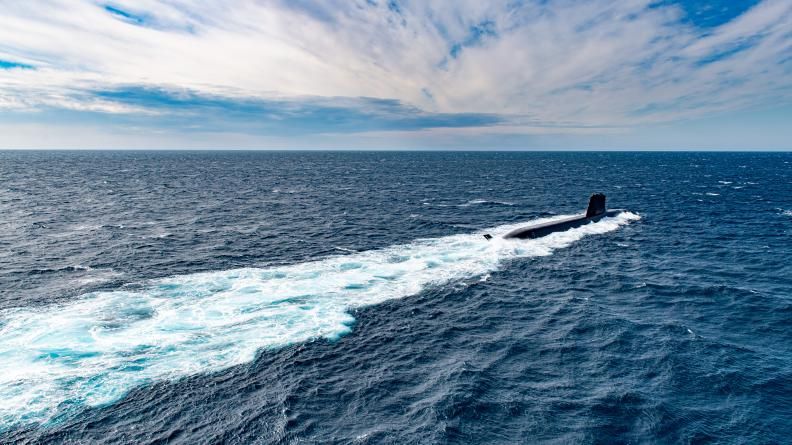
Imagine being underwater in a constant symphony of sounds: snapping shrimp, crashing waves, and maybe even the distant hum of an enemy vessel. This is the reality for submariners, but the increasing complexity of the underwater soundscape is making it harder to pick out those crucial enemy signatures.
According to the French Navy they are addressing this challenge by teaming up with France based tech startup, Preligens, to develop artificial intelligence (AI) for analyzing underwater acoustics. Here’s a breakdown of what this means:
⬛ Data Overload: French submarines are getting better at eavesdropping with more powerful sensors. This creates a massive amount of acoustic data that needs to be sifted through.
⬛ Naval Analysts Need Help: Highly trained human analysts, traditionally analyze this data. However, the sheer volume of information is becoming overwhelming.
⬛ AI to the Rescue: AI can act as a super-filter, automatically identifying and classifying sounds of interest. This frees up the human analysts to focus on the most critical information.
⬛ Beyond Submarines: This technology won’t be limited to submarines. Other French vessels and even underwater drones will benefit from AI-powered acoustic analysis.
⬛ The Future of Passive Warfare: This focus on “passive acoustics” allows French forces to detect enemies discreetly, without giving away their position.
⬛ From Shrimp Snaps to Wrench Drops: The ultimate goal is for AI to become so sophisticated that it can not only identify enemy vessels but also recognize everyday sounds within a submarine, like a pump starting or a tool clanging.
⬛ Multi-Sensory Fusion: The future holds even greater possibilities. The Navy plans to combine AI for acoustics with data from other sources like satellites and radar, creating a comprehensive picture of the underwater environment.
AI algorithms can sift through the data, recognizing patterns and filtering out background noise, focusing on potentially interesting snippets. This frees up human analysts for more critical tasks. AI can be trained to recognize specific signatures. Is that a faint engine hum or just a current moving through the water? AI can learn the subtle differences and flag potential enemy submarines hiding amongst the noise. Sophisticated AI can learn from past encounters and environmental data to predict submarine movement patterns. This can give commanders a tactical advantage by allowing them to anticipate enemy actions.
The vast expanse of the ocean depths presents a unique challenge for naval intelligence. Traditional methods of underwater surveillance rely on meticulously trained specialists – often nicknamed “golden ears” – to discern critical information from a constant barrage of acoustic data. However, the ever-increasing sophistication of sensor technology is generating a tidal wave of information, threatening to overwhelm even the most skilled analysts. In this data-drenched environment, navies around the world are turning to a powerful new tool: Artificial Intelligence (AI). By harnessing the strengths of AI for acoustic analysis, navies are poised to revolutionize underwater warfare, gaining a significant edge in situational awareness and threat detection.
